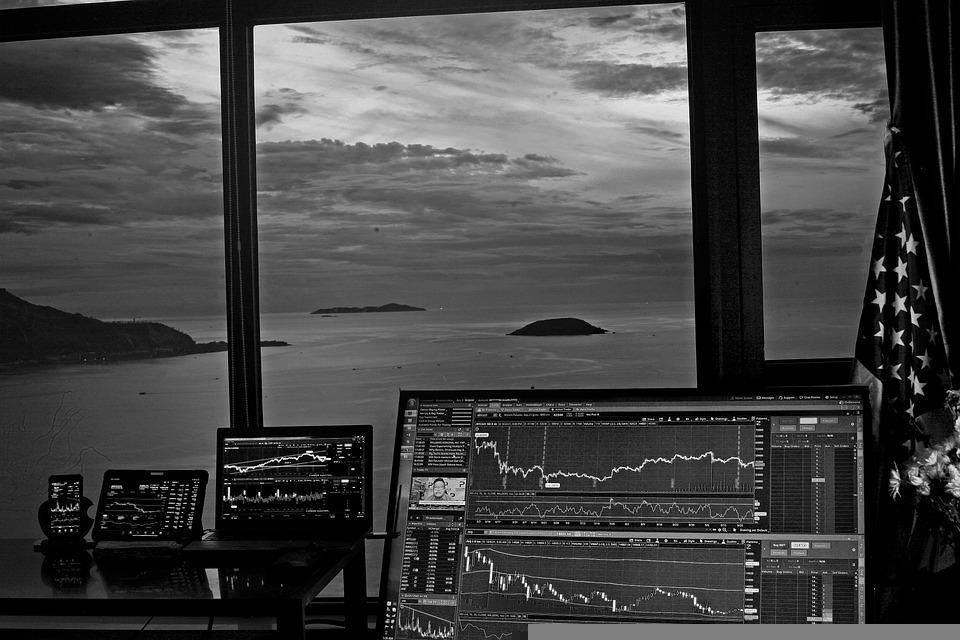The pandemic has played a significant part in the rise in inflation since persistent COVID-induced supply chain disruptions and raised consumer costs.
Health pandemics have historically generated severe economic shocks in the United States. Economic recessions followed the flu pandemics in 1957 and 1968, while the 1918 Spanish flu had a significant negative impact on society as a whole.
A pandemic generates both a demand shock as consumers curtail their activity and a supply shock as enterprises close or reduce their operations. Furthermore, consumers, businesses, and governments have little to no warnings that a significant shock will occur, resulting in a sudden shift in overall economic circumstances.
Also Read| How Paul Volcker tamed inflation with two recessions in 1980s
Spanish Flu (1918-1920)
Between 1918 and 1920, the flu killed around 40 million people or 2% of the world’s population. In the United States, around 550,000 people died from the flu. Because World War I was in its final year in 1918, the overlap makes it impossible to separate the economic and financial consequences of the war and the pandemic.
According to economists, both the pandemic and the war reduced real GDP growth and consumer expenditure while also driving up inflation globally and in the United States. The flu lowered real stock returns in the United States by seven percentage points and short-term government debt returns by 3.5 percentage points. Meanwhile, it increased inflation in the United States by five percentage points.
Also Read| The 2008 market crash: Inside the doomsday machine and a brief history
Asian Flu (1957-1958)
A million to two million people died globally from the flu. In the United States, the first wave primarily afflicted schoolchildren in October 1957, while the second wave primarily affected pregnant women and the elderly in 1958. In the United States, an estimated 70,000 to 116,000 people died.
The United States had begun an economic slump in August 1957 that lasted until April 1958, however, the media at the time did not attribute the fall to the pandemic. The Dow Jones Industrial Average peaked on July 12, 1957, and eventually fell 19.4% to a low on October 22, 1957.
Also Read| Great Depression to COVID: Top 5 market crashes in American history
SARS (2003)
Around the world, the Severe Acute Respiratory Syndrome (SARS) outbreak affected 8,098 people, killing 774 of them, mostly in China and Hong Kong. While SARS began in November 2002, it did not begin to disrupt markets until March 2003, when Chinese officials notified the World Health Organization of the outbreak. The S&P 500 had lost 12.8% of its value at the time.
During the SARS pandemic, all 11 S&P 500 sectors fell, with information technology, financials, and communication services among the greatest losers, plunging 14%, 16%, and 26%, respectively. Economists believe that SARS caused a $40 billion worldwide economic loss, with a 0.1% drop in global GDP.
COVID-19 (2020)
The global Coronavirus outbreak has had one of the most devastating human and economic repercussions in history. As of December 2020, 75.2 million people were infected with the virus globally, with 1.67 million deaths documented. Furthermore, the pandemic is predicted to send many nations into recession in 2022, with per capita GDP falling in the greatest proportion of countries since 1870.
The VIX had a significant surge in early March as COVID-19 reached the United States, causing markets to plummet. Markets began a historic bounce and recovery in late March, bringing the VIX back down—but not to pre-pandemic levels. The VIX spiked again in June (though considerably lower than in March), this time around the US election.
Also Read | US inflation rate at a 40-year high | A timeline: 1930-2022
The S&P 500 fell 31% in March before recovering to fresh record highs. Travel and leisure and retail were among the most impacted industries. Markets had recovered by the end of 2020, with the S&P 500 recovering more than 12%.







